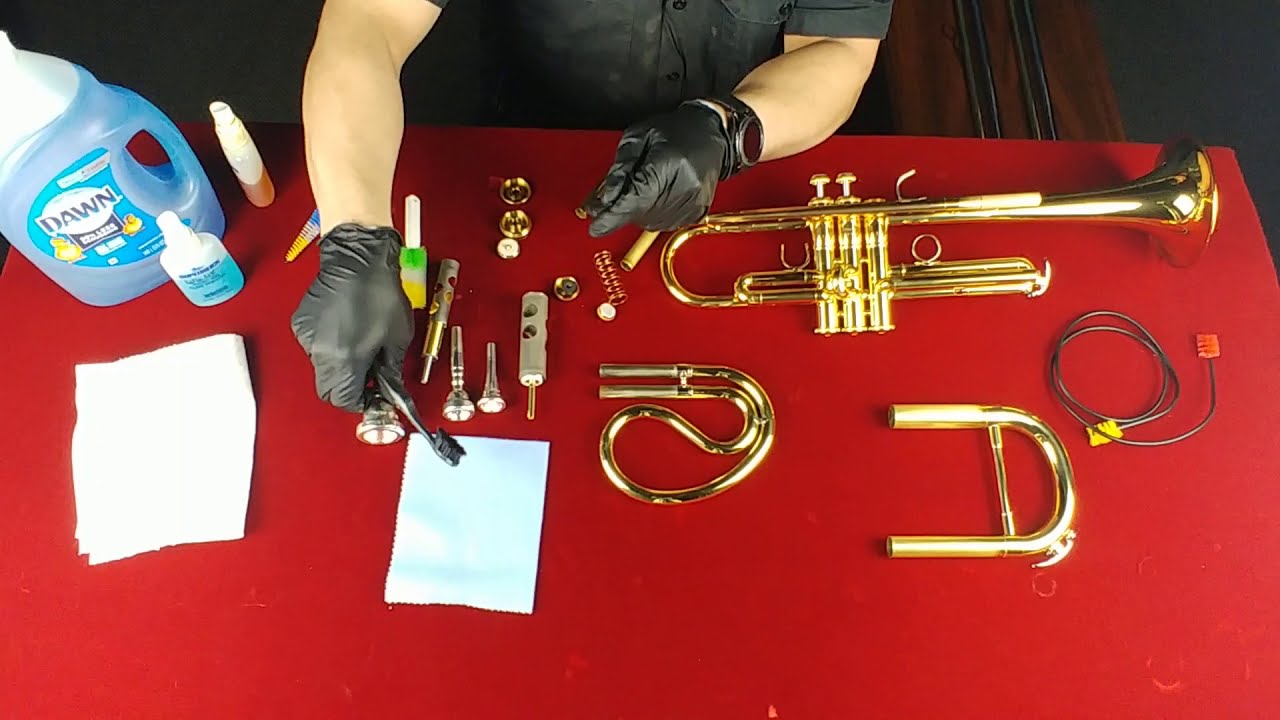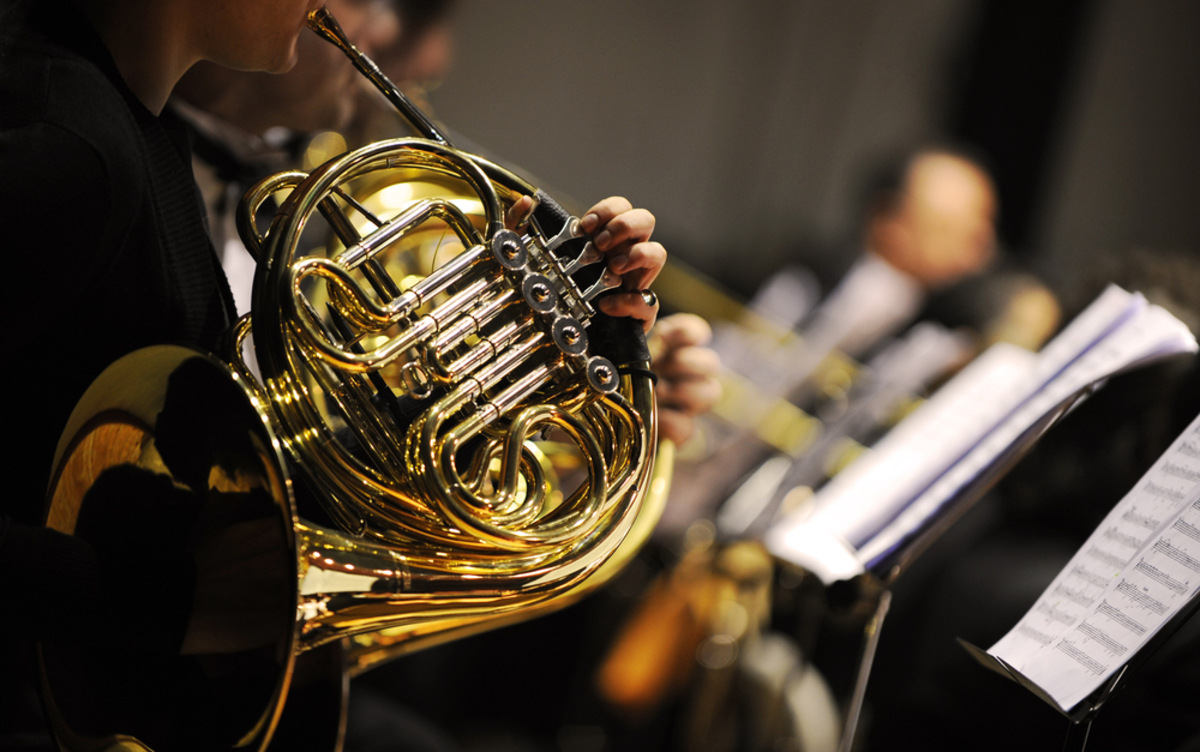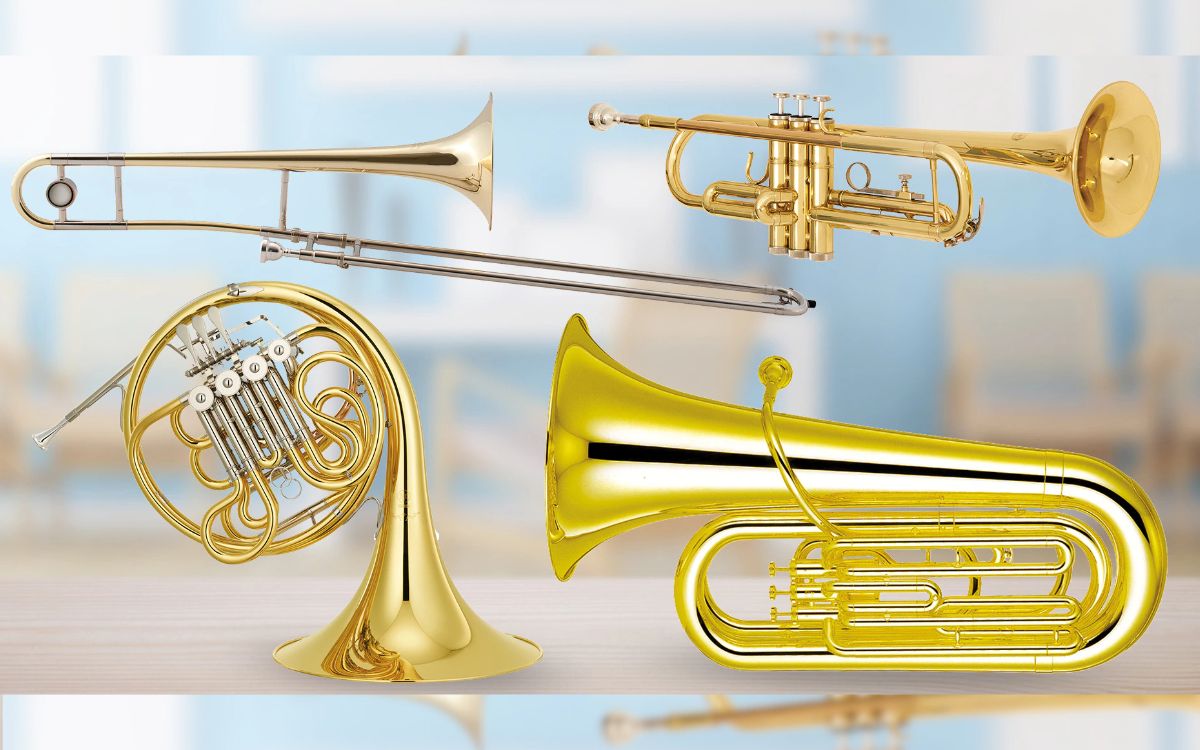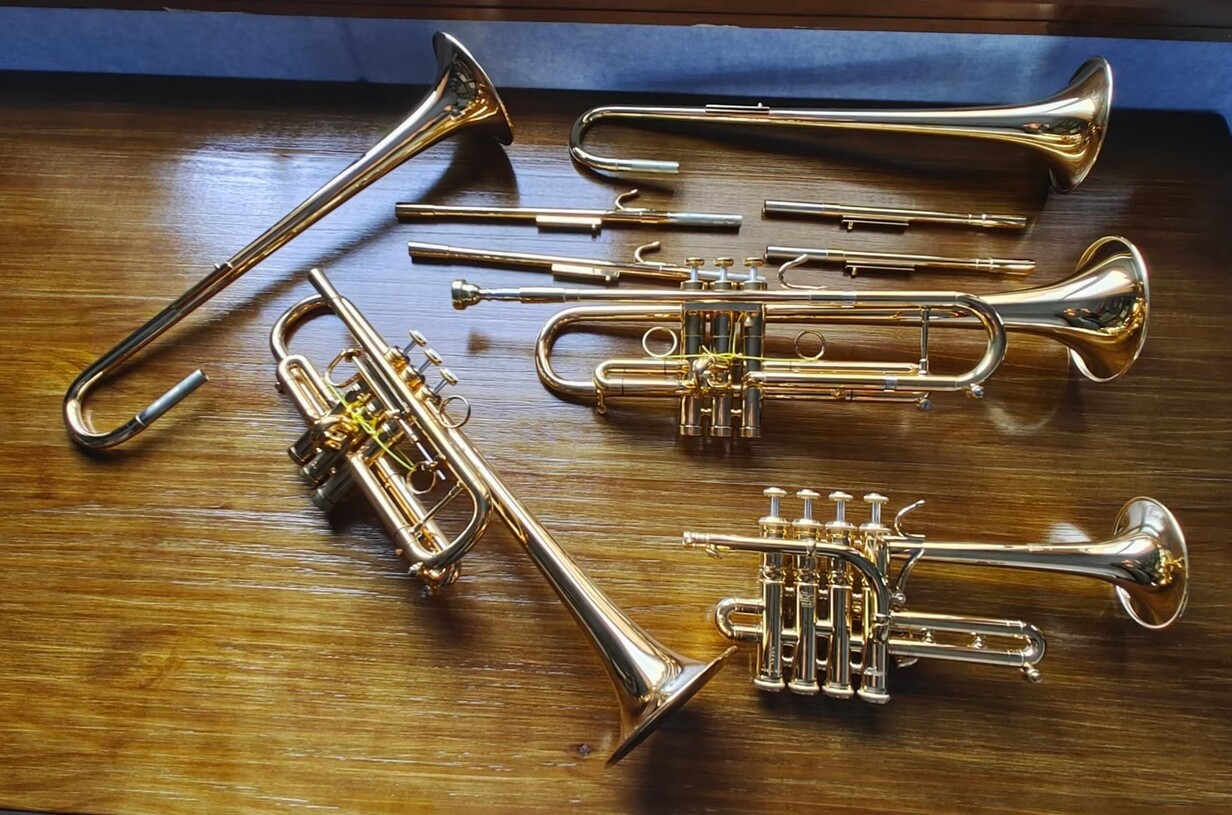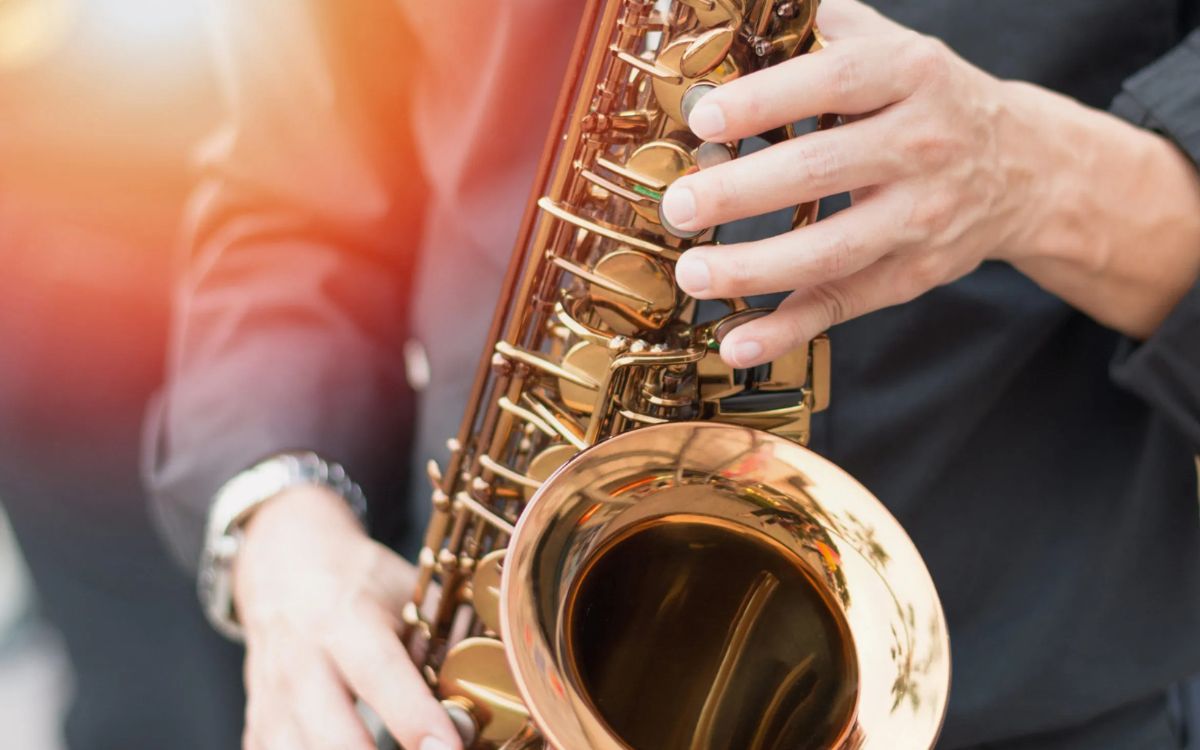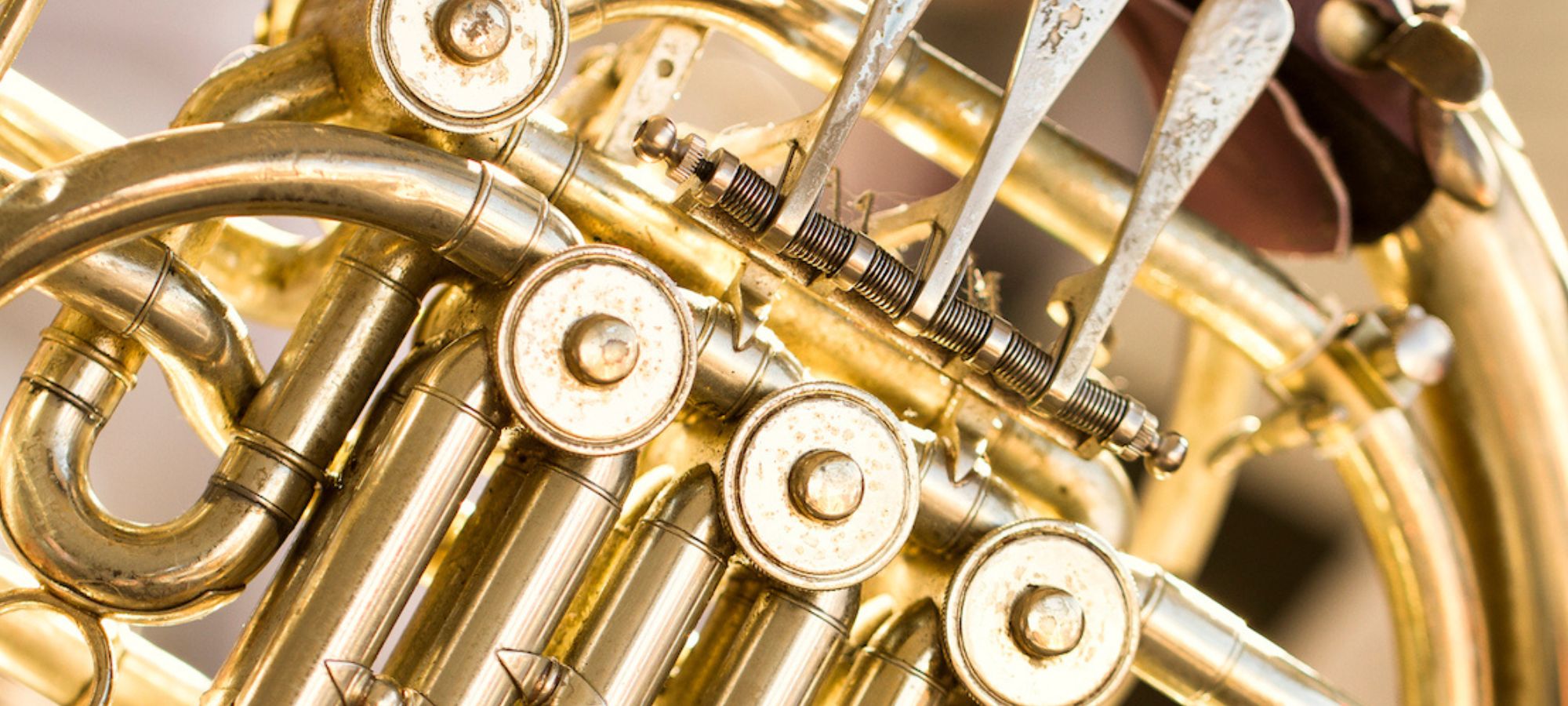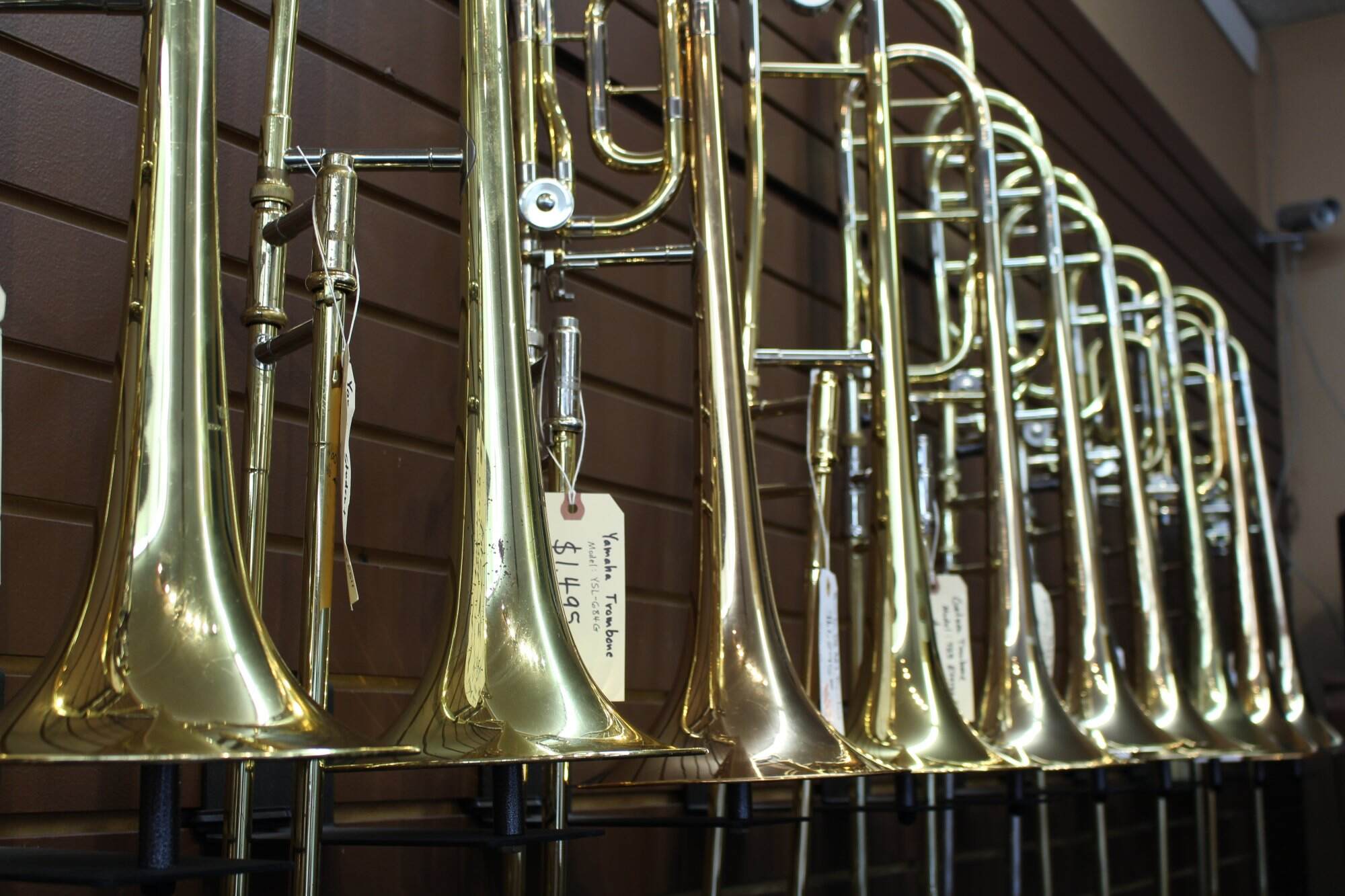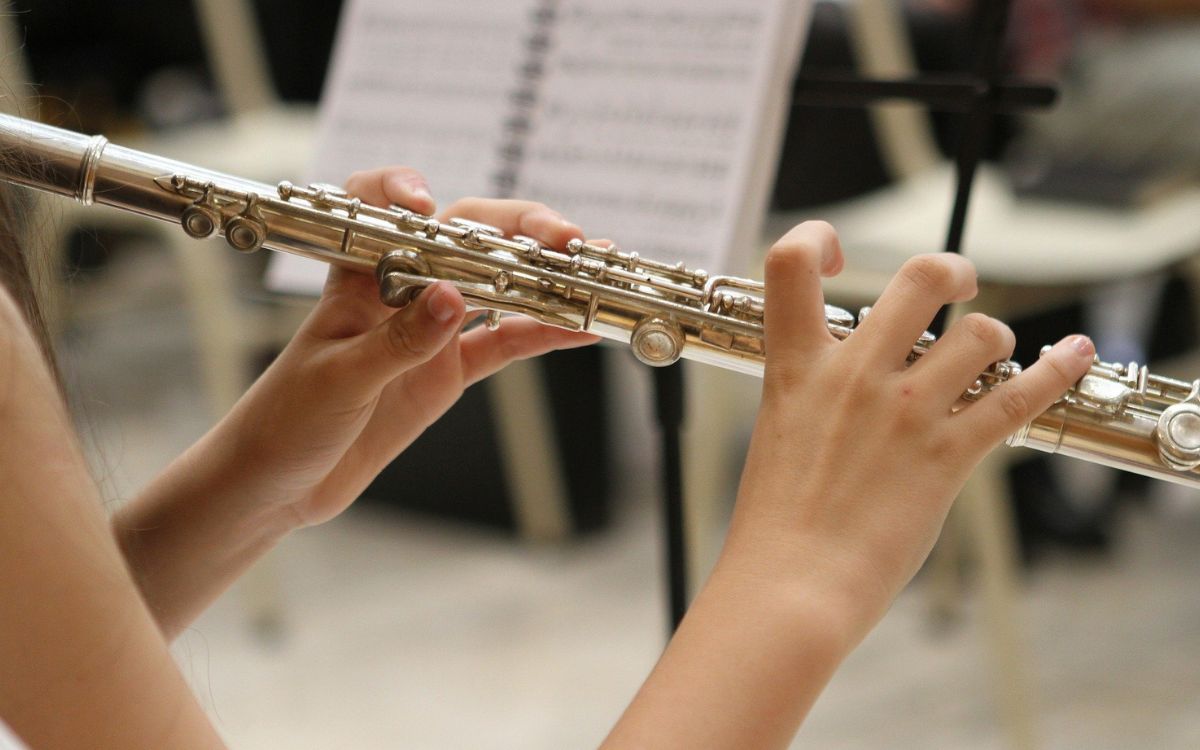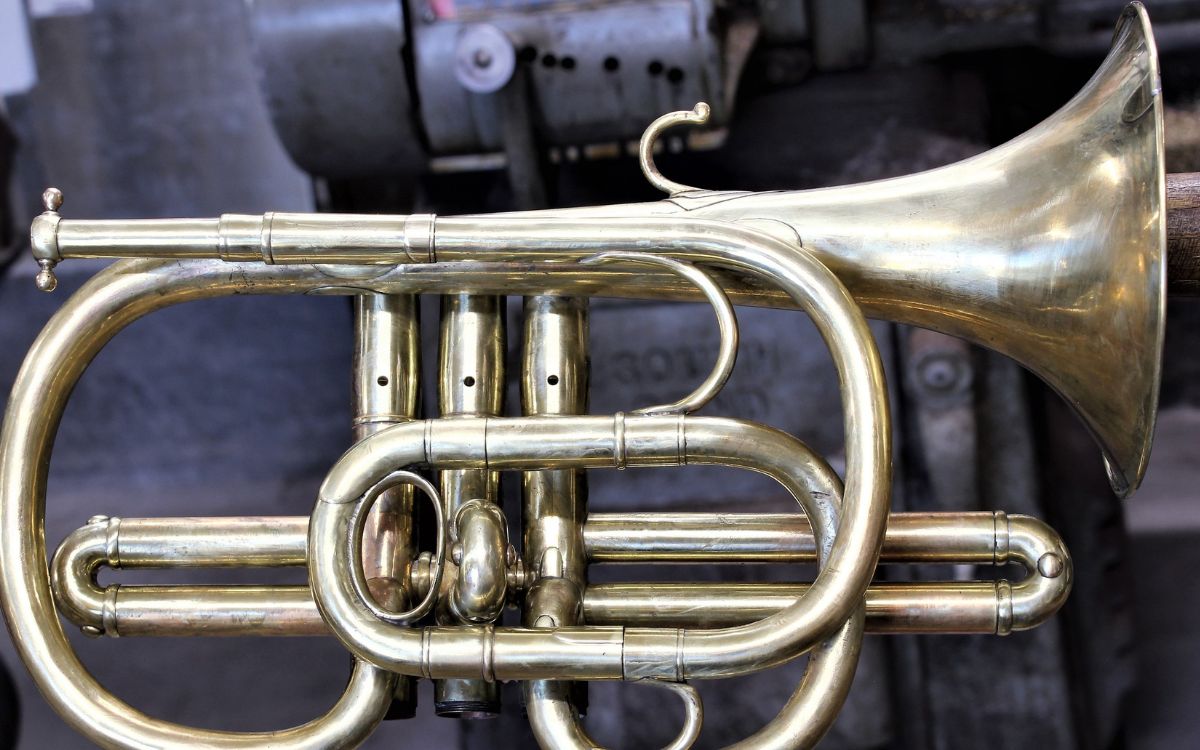Home>Instruments>Brass Instruments>How Are Brass Instruments Played?
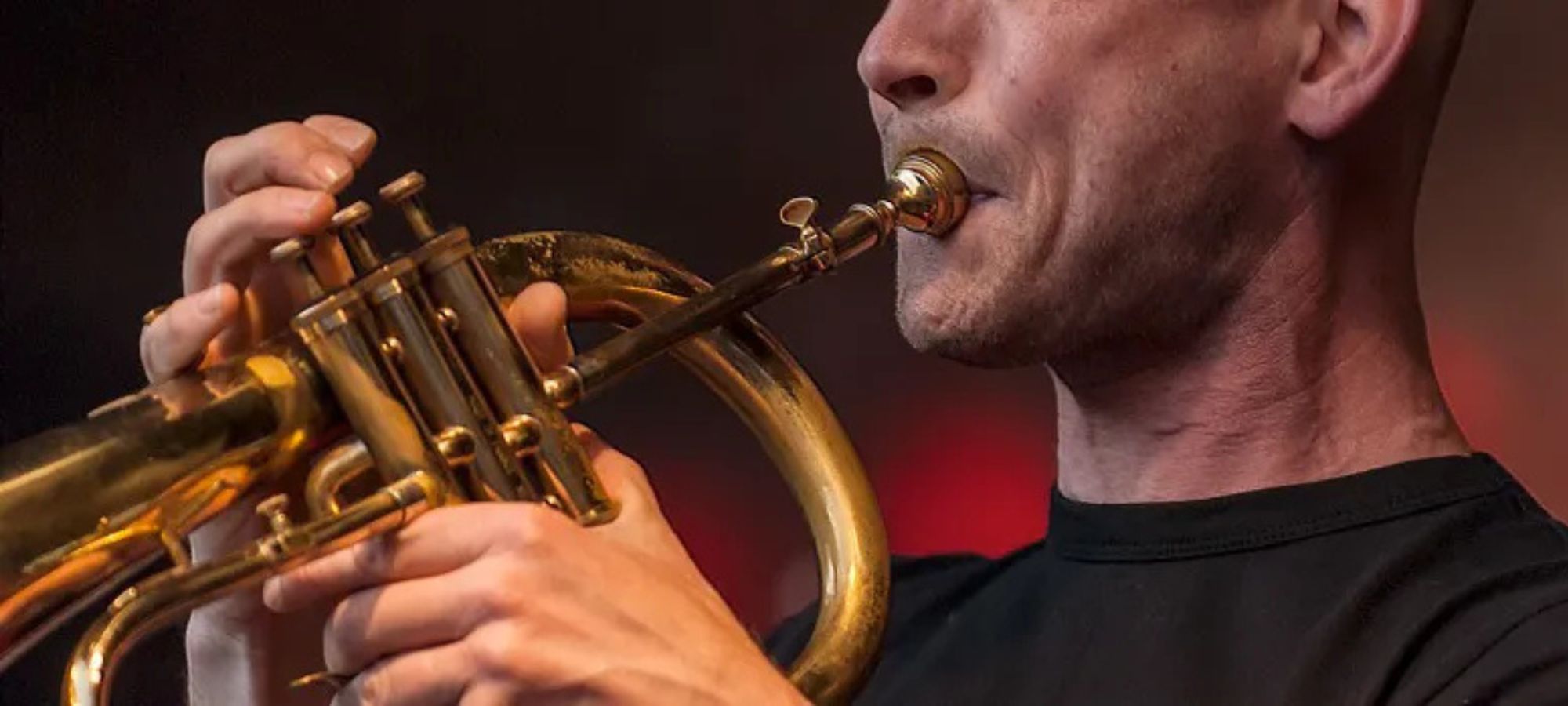

Brass Instruments
How Are Brass Instruments Played?
Modified: January 22, 2024
Discover the art of playing brass instruments and learn techniques used to produce beautiful music. Explore the world of brass instruments today!
(Many of the links in this article redirect to a specific reviewed product. Your purchase of these products through affiliate links helps to generate commission for AudioLover.com, at no extra cost. Learn more)
Table of Contents
Introduction
Brass instruments are some of the most captivating and versatile musical instruments. From the bold and powerful sound of the trumpet to the smooth and mellow tones of the French horn, brass instruments have a rich history and a prominent place in various musical genres.
What sets brass instruments apart from others is the way they are played. Unlike woodwind or string instruments, brass instruments rely on the player’s ability to manipulate their breath and create vibrations within the instrument to produce sound. This unique playing technique, along with the intricate design of the instruments, contributes to their distinct timbre and unmistakable sound.
In this article, we will explore the fundamentals of playing brass instruments. We will discuss the different parts of these instruments, the breathing technique required, the importance of embouchure, the fingering and valve systems, and the techniques used to produce and control sound. Additionally, we will touch on the essential aspects of instrument maintenance and care to ensure the longevity and optimal performance of these magnificent instruments.
Whether you are a beginner aspiring to learn how to play a brass instrument or a music enthusiast curious about the intricacies of brass playing, this article will provide you with valuable insights and a deeper understanding of the art and skill involved in playing these instruments.
Parts of a Brass Instrument
Brass instruments are comprised of several essential components that work together to produce sound. Understanding the different parts of a brass instrument is crucial for effectively playing and maintaining these instruments. Here are the main components you’ll find on most brass instruments:
- Mouthpiece: The mouthpiece is where the player blows air into the instrument. It is usually made of metal and has a cup-shaped opening that connects to the instrument’s leadpipe.
- Leadpipe: The leadpipe is a tube that connects the mouthpiece to the main body of the instrument. It helps guide the airflow and plays a role in determining the instrument’s overall pitch and response.
- Valve(s): Brass instruments often have valves, which are used to change the length of the tubing and alter the pitch of the instrument. Valves can be rotary or piston-style, depending on the instrument.
- Slides: Some brass instruments, such as trombones, have slides instead of valves. Slides are movable tubes that extend or retract to change the length of the tubing and produce different pitches.
- Bell: The bell is the flared opening at the end of the instrument. It amplifies the sound produced by the vibrating air column and gives brass instruments their distinctive tone.
- Water Key: Also known as a spit valve, the water key is a small valve that allows players to release condensation that accumulates inside the instrument while playing.
These are the primary components found on most brass instruments, but the specific design and configuration can vary depending on the instrument type. For example, trumpets and cornets often have additional tuning slides, while French horns have a complex valve system that allows them to play in different keys.
Understanding the anatomy of your brass instrument is essential for proper maintenance and care. Regular cleaning and lubrication of the valves, slides, and mouthpiece are crucial for optimal performance and longevity. By familiarizing yourself with these components, you’ll be better equipped to take care of your instrument and make any necessary adjustments to achieve the desired sound and playability.
Breathing Technique
One of the fundamental aspects of playing brass instruments is mastering the proper breathing technique. Good breath control is crucial for producing a consistent and beautiful sound. Here are some key points to keep in mind when it comes to breathing technique:
- Diaphragmatic Breathing: Brass players rely on diaphragmatic breathing, also known as belly breathing. Instead of shallow chest breathing, this technique involves using the diaphragm and expanding the abdomen to draw in a deep breath. This allows for a greater volume of air and better control over the breath’s speed and flow.
- Air Support: Once you have taken a deep breath, it’s important to use your abdominal muscles to provide support and control the air flow as you play. Imagine a steady stream of air flowing through the instrument, with consistent pressure and control throughout.
- Efficient Use of Air: Brass instruments require a continuous and controlled stream of air to produce sound. It’s essential to avoid wasting air by blowing too hard or using inefficient techniques. Experiment with different embouchure and air speed variations to find the optimal balance that allows for a rich and resonant sound.
- Dynamic Control: Effective breathing technique enables dynamic control over the sound produced. By adjusting the airflow and the pressure with which you blow into the instrument, you can achieve changes in volume, tone, and expression.
Practicing breathing exercises and incorporating them into your daily warm-up routine can greatly improve your breath control and overall playing ability. Focus on taking in full, deep breaths and using your diaphragm to support and control the air flow. Consistency and mindfulness in your breathing technique will lead to a more controlled, expressive, and enjoyable playing experience.
Embouchure
Embouchure refers to the position and control of the lips, mouth, and facial muscles when playing a brass instrument. A proper embouchure is vital for achieving a clear and resonant sound. Here are some key points to consider regarding embouchure:
- Lip Placement: The exact positioning of the lips will vary depending on the specific brass instrument, but generally, the edges of the lips should make contact with the mouthpiece. The upper lip may roll slightly inward, while the lower lip should be positioned between the teeth and the mouthpiece.
- Mouthpiece Pressure: Achieving the right amount of mouthpiece pressure is crucial. Too much pressure can restrict airflow and hinder playing, while too little pressure may result in a lack of control over the instrument. Experiment with different amounts of pressure to find the sweet spot that allows for optimal sound production.
- Flexibility: The embouchure should be flexible and adjustable. This allows players to produce a wide range of pitches, dynamics, and tonal qualities. Practice lip slurs, octave jumps, and long tones to develop flexibility and strengthen your embouchure muscles.
- Avoiding Tension: Tension in the embouchure can limit sound production and cause fatigue. It’s important to maintain a relaxed yet firm embouchure, with minimal tension in the lips, jaw, and facial muscles. Regular breaks during practice sessions and conscious relaxation techniques can help alleviate tension.
Developing a strong and consistent embouchure takes time and practice. Start by focusing on achieving a clear sound with good tone quality and gradually work on improving flexibility, control, and range. Seek guidance from a qualified instructor who can provide individualized feedback and help you refine your embouchure technique.
Remember that everyone’s embouchure will have some individual variation, and what works for one player may not work for another. Experimentation and adaptation are key when it comes to finding the embouchure that best suits your unique physiology and musical goals.
Fingering and Valves
When it comes to playing brass instruments, understanding the fingering and valve system is essential for executing accurate and fluid musical passages. The fingering and valve combinations differ among different brass instruments, but they follow some general principles. Here’s what you need to know about fingering and valves:
- Finger Placement: Brass instruments typically have a series of valve buttons or slides that are operated by the player’s fingers. Each finger corresponds to a specific valve or slide, and the combinations of fingerings produce different pitches. It’s important to learn and memorize the correct finger placements for each note on your instrument.
- Valve Systems: Brass instruments utilize two primary types of valve systems: piston and rotary. Piston valves are most commonly found on trumpets, tubas, and euphoniums. They consist of cylindrical valves that move up and down when pressed, altering the length of the tubing and changing the pitch. Rotary valves, on the other hand, are commonly seen on French horns and some trombones. They consist of circular valves that rotate, redirecting the airflow and changing the pitch.
- Valve Combinations: Brass instruments with multiple valves allow for a wide range of notes. By combining different valve combinations or slides, players can access notes beyond the fundamental harmonic series. Mastering the correct valve combinations and being able to shift between them quickly and efficiently is crucial for playing complex musical passages.
- Alternate Fingerings: In addition to the standard fingerings, brass players often use alternate fingerings to facilitate certain passages or achieve specific tonal qualities. These alternate fingerings can vary depending on the player’s preference and the musical context. Experimenting with different alternate fingerings can enhance your playing versatility and help you produce more nuanced and expressive performances.
Learning the fingerings and valve combinations for your specific brass instrument takes time and practice. It’s important to start with proper hand positioning and gradually build muscle memory to gain accuracy and speed. Regular drills and exercises focused on fingering patterns and valve combinations can greatly improve your fluency and dexterity on the instrument.
Remember, mastering fingering and valve technique is not just about hitting the right notes; it allows for greater control, flexibility, and expression in your playing. With dedication and perseverance, you will become proficient in navigating the intricate world of fingerings and valves on your brass instrument.
Producing Sound
The act of producing sound on a brass instrument involves a combination of precise technique, control, and coordination. Understanding how to create a resonant and consistent sound is essential for any brass player. Here are the key factors involved in producing sound on a brass instrument:
- Embouchure and Lip Vibrations: The vibrating lips are the primary source of sound production on a brass instrument. By buzzing the lips together into the mouthpiece, the air column inside the instrument is set into motion, creating sound waves. Maintaining a firm and flexible embouchure, along with proper lip tension and airflow, allows for the production of clear and steady sound vibrations.
- Airflow and Breath Control: Controlling the amount and speed of air flowing through the instrument is crucial for creating different dynamics, tones, and articulations. By adjusting the airspeed and pressure, brass players can achieve a range of sound effects, from soft and delicate to loud and powerful.
- Tonguing and Articulation: Tonguing is a technique used to articulate and separate the notes in a musical passage. It involves using the tongue to interrupt the airflow and create distinct attacks for each note. Proper tonguing techniques, such as using the tip or middle of the tongue and coordinating it with the airflow, are key to achieving clarity and precision in musical articulation.
- Resonance and Sound Projection: The shape and size of the instrument, especially the bell, play a significant role in determining the quality, resonance, and projection of the sound. By producing a focused and directed airstream while positioning the instrument correctly, brass players can maximize the sound’s projection and resonance, creating a rich and vibrant tone.
- Ear Training and Listening: Developing a keen ear and actively listening to the sound you produce is vital for refinement and improvement. Regularly listening to professional brass players, recordings, and live performances can help develop a sense of tone quality, intonation, and musical expression.
Producing a beautiful sound on a brass instrument is a culmination of technique, practice, and musicality. It requires patience, dedication, and a deep understanding of the instrument’s capabilities. By focusing on the fundamental elements of embouchure, breath control, articulation, resonance, and actively listening, you can effectively express your musical ideas and create captivating performances.
Playing Techniques
Brass instruments offer a wide range of playing techniques that allow musicians to explore different musical possibilities and add expression to their performances. These techniques enhance the versatility and artistry of brass playing. Here are some commonly used playing techniques on brass instruments:
- Articulation: Brass players employ various articulation techniques to shape the way a note begins or ends. Techniques such as legato (smooth and connected), staccato (short and detached), and marcato (accented and emphasized) can greatly influence the musical interpretation of a piece.
- Dynamic Control: Controlling the volume and dynamics of the sound is a fundamental aspect of playing brass instruments. Musicians can produce a wide range of dynamics, from pianissimo (very soft) to fortissimo (very loud), by adjusting their airstream, mouthpiece pressure, and embouchure.
- Mutes: Mutes are devices inserted into the bell of the instrument to alter its sound. Different mutes produce varying effects, including a muted or mellow tone, a metallic or brassy sound, or a harmon-muted effect. Brass players use mutes to add color, texture, and expression to their playing.
- Glide or Glissando: Sliding from one note to another, either ascending or descending, is known as a glide or glissando. This technique is commonly used on trombones, where the slide allows for smooth and continuous transitions between pitches. Glissandos can add a playful or dramatic effect to the music.
- Flutter Tonguing: Flutter tonguing is a technique where the player rapidly rolls the tip of their tongue against the roof of the mouth while blowing air through the instrument. This creates a unique fluttering sound, often used to add texture, energy, and excitement to the music.
- Double and Triple Tonguing: When playing fast, intricate passages, brass players employ double or triple tonguing techniques. By using syllables like “ta-ka” or “tu-ku,” they alternate between the front and back of the tongue to articulate rapid notes and maintain clarity and precision.
These are just a few examples of the many playing techniques that brass musicians can explore and incorporate into their performances. Each technique brings its unique character and adds depth to the musical expression. Experimenting with these techniques and studying them in the context of different musical genres and styles will help expand your musical palette and elevate your playing.
Maintenance and Care
Proper maintenance and care are essential to keep your brass instrument in optimal playing condition and ensure its longevity. Regular cleaning and maintenance routines will not only prolong the life of your instrument but also contribute to its best possible sound. Here are some key aspects of brass instrument maintenance and care:
- Cleaning: Regular cleaning is crucial to remove dirt, grime, and moisture that can accumulate inside the instrument. Use a cleaning snake or brush to clean the tubing, slides, and valves, and wipe down the exterior with a soft cloth. Be sure to use appropriate cleaning solutions recommended for brass instruments.
- Valve and Slide Maintenance: Valves and slides should be regularly inspected and lubricated to ensure smooth operation. Use valve oil and slide grease recommended by the instrument manufacturer. Apply a small amount of lubricant as directed, being careful not to overdo it, as excessive lubrication can cause issues with airflow and performance.
- Storage: Proper storage is essential to protect your instrument from damage. Always store your brass instrument in a secure case when not in use to prevent accidental bumps, drops, or exposure to extreme temperatures and humidity. When transporting your instrument, make sure it is secured within the case and handle it with care.
- Check for Damage: Regularly inspect your instrument for any signs of damage, including dents, loose parts, or wear on the valves and slides. If you notice any issues, consult a professional instrument repair technician for assessment and necessary repairs. Addressing problems early on can prevent further damage and costly repairs in the long run.
- Avoid Harsh Substances and Activities: Keep your instrument away from harsh chemicals, adhesives, and substances that could damage the finish or corrode the metal. Additionally, avoid activities that may put your instrument at risk, such as playing in extreme weather conditions or engaging in rough handling that could lead to accidental damage.
Consult the manufacturer’s guidelines and seek guidance from a qualified instrument technician or music store if you have specific questions or concerns about maintaining your brass instrument. They can provide valuable advice and recommendations tailored to your instrument’s make and model.
By investing time and effort into proper maintenance and care, you’ll not only keep your brass instrument in optimal playing condition but also ensure that it rewards you with beautiful sound and performance for years to come.
Conclusion
Playing a brass instrument is a remarkable and rewarding experience. The intricate combination of breath control, embouchure, fingering, and playing techniques allows musicians to create a wide range of expressive and captivating sounds. Understanding the different parts of a brass instrument, mastering the breathing technique, developing a solid embouchure, and becoming proficient in fingering and valve control are key elements to successfully playing these instruments.
As you embark on your journey to master a brass instrument, remember the importance of maintenance and care. Regular cleaning, proper storage, and routine maintenance will ensure that your instrument remains in optimal playing condition, allowing you to produce its best possible sound. Additionally, explore the various playing techniques available to add expression, dynamics, and color to your performances.
Whether you aspire to play in a symphony orchestra, jazz ensemble, or simply for your own enjoyment, the world of brass instruments offers endless possibilities for musical expression. With dedication, practice, and a passion for learning, you can discover the beauty and versatility of these magnificent instruments.
So, take a deep breath, position your embouchure, and let the brass instrument transport you into a world filled with the rich and vibrant sounds only they can produce. Embrace the challenges, enjoy the journey, and let your music soar!

